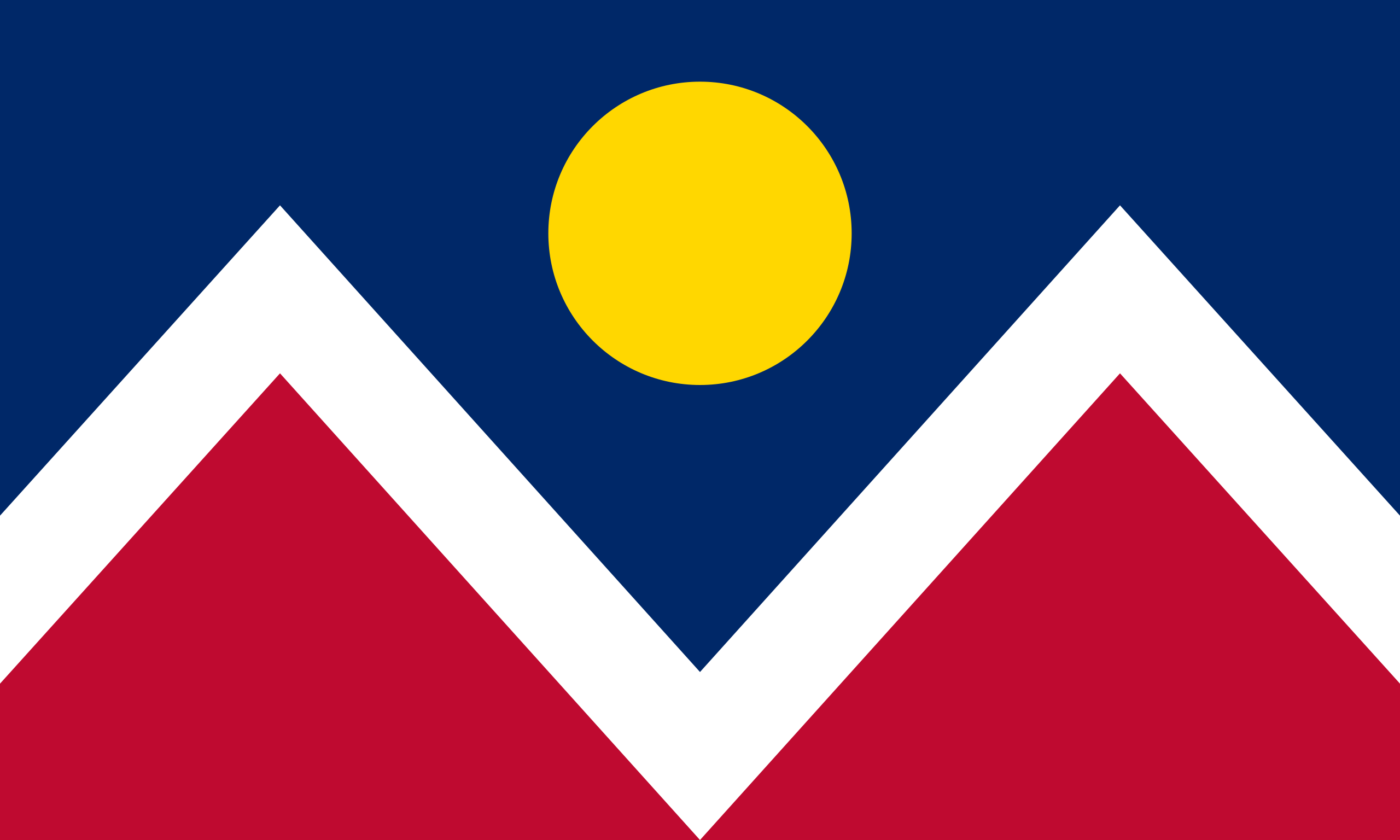Any private company is not required to provide for public emergency communications. This is a deficiency of the government. Each state should run their own Mastadon instance and quit relying on corporate charity
deleted by creator
I’ve heard that several European countries are looking to replace their Twitter accounts with privately run Mastodon instances, that you can subscribe to from any Mastodon account. And given Elon’s childish insults thrown at Mastodon, I’d be happy to see that take off.
ARTICLE TEXT
Twitter limits that snarled National Weather Service storm-tracking this week dramatized the extent to which government agencies tasked with protecting public safety have come to rely on that platform for scanning and sending crisis communications amid perils that can threaten the lives of the people they serve.
Severe storms holding hail, heavy rain, and possibly tornadoes, were sweeping toward Colorado’s Front Range cities. Hundreds of thousands of people were gathering outside for July Fourth celebrations. NWS meteorologists and their dispersed network of trained volunteer storm spotters were using Twitter to send and receive information as they monitored threats.
But the new temporary Twitter limits on usage – which kicked in Saturday without advance notice — shut down their flow. This was the latest of the adjustments since Twitter owner Elon Musk bought the company last year for $44 billion and began work to shore it up financially.
NWS supervisors swiftly issued a bulletin, over Twitter, warning that meteorologists couldn’t see storm information “due to issues with Twitter rate limits” and directing storm spotters and others to rely on email and telephone alternatives. When storm spotters sent large numbers of reports, fees would apply, NWS officials later said, warning that “once we reach that limit …… we are unable to see any tweets.”
A deluge of social media chatter ensued. Twitter operators — about 15 hours later the next morning — posted a note advising the weather service to apply for a “Twitter API” (application programming interface) account because the NWS and other agencies would qualify for a free “public utility” exemption. Public service-oriented agencies can receive a gray checkmark by their Twitter account names and scan Twitter postings and send messages without limits, unlike ordinary “unverified” users.
But the weather service incident still is reverberating, shaking the confidence of some users and spurring social media analysts to rethink societal reliance on this private company, which launched its information-delivery platform in 2006. Twitter’s imposition of limits also has spurred government agencies tasked with emergency management to review alternative ways of finding out what is happening and communicating essential information during disasters and crises, such as severe storms that could hurt millions of people.
“Twitter emerged as a private entity, and even though it didn’t have the expectation of being a public service-minded institution, it became that,” said University of Denver media, film and journalism studies professor Lynn Clark, who has served as president of the Association of Internet Researchers, an international group that looks at internet policy and practice.
“We were all reminded on Saturday that Twitter is, first and foremost, a profit-focused business. Twitter made the decision to go with the ‘rate limits’ because company officials wanted to have more ways to monetize the platform,” Clark said.
“Elon Musk has been trying to find ways to make money out of the vast data Twitter holds. They’re looking ahead to artificial intelligence,” she said.
“But we have the phone call system, radio, and broadcast. Those are all still reliable systems. They are still operating. … Twitter inadvertently silenced people from participating in the crowd-sourcing of information about weather emergencies. The takeaway may be that we need to invest in public infrastructure that will support our information needs.”
At the National Oceanic and Atmospheric Administration headquarters on Thursday, National Weather Service spokesperson Maureen O’Leary said agency officials have applied for gray checkmark status to be exempt from limits — but that the weather service hasn’t been approved. O’Leary did not say when the agency applied. “We are waiting to hear back from Twitter… We have definitely applied for the gray checkmark,” she said.
In an email response to Denver Post follow-up queries, NWS officials issued the following statement. “We continue to work with Twitter support to have all of our accounts verified with the gray check mark,” the statement said.
“Twitter’s new post-viewing limits serve as a reminder for people to have multiple ways of receiving weather information. Communication via social media is a supplemental service provided by NWS to extend the reach of NWS information. Twitter feeds and tweets do not always reflect the most current information for forecasts, watches, and warnings and the public should always have multiple means for receiving weather information and alerts.”
Colorado government officials in the Division of Homeland Security and Emergency Management have applied for and received gray checkmark status, spokesperson Micki Trost said. “Every government agency can do that,” she said.
But even with the ability to view unlimited Twitter postings, and to send and receive unlimited information using Twitter, state emergency managers interpreted the weather service incident as evidence of a need for backup communication systems during crises, such as email, news organizations, and county-level telephone text alerts.
“I absolutely rely on Twitter … I absolutely think Twitter helps us get our information out. But people should not rely on one platform,” Trost said.
Beyond government, individuals should have multiple ways of staying informed, relying on more than one social media platform and receiving news from local news organizations, she said. The NWS incident “reinforces the idea that you have to have a diverse information gathering system, even as a community member. … ”
“Twitter is a tool that I want to see continue on. It helps us connect directly with people in Colorado and it allows me to answer their questions directly. But we have lots of ways to reach people. If they take (Twitter) away, we will adapt.”
At the Denver Police Department, communications officials said gray checkmark status has been granted, exempting police from the temporary limits, and that “we do not expect this to impact our usage.”
At the Denver Office of Emergency Management, spokeswoman Mikayla Ortega said city officials “still don’t have clarity on whether the rate limits will impact government agencies.” The emergency management office has secured a gray checkmark status for its account, she said, but leaders nevertheless are rethinking their use of Twitter. “We don’t rely only on Twitter. While Twitter has, historically, been the fastest, it is not the only platform,” she said. “We haven’t, thankfully, had an incident this week where we really needed to utilize our monitoring tools. … As far as Twitter goes, we are continuing to monitor it – and figure out which direction we should go.”
The limits that Twitter imposed Saturday initially appeared to cap use by requiring users to log into Twitter and allowing “verified” users, or those with a blue checkmark, to read 6,000 posts per day. Unverified current users were limited to viewing 600 posts, and new users 300 posts. Above these limits, users receive messages that say “rate limit exceeded”. Musk has said, via Twitter, that limits soon will be raised. Twitter officials could not be reached by phone.
The company issued a statement casting the caps as necessary to enable a crackdown on unauthorized collection of the data Twitter has amassed.
“To ensure the authenticity of our user base we must take extreme measures to remove spam and bots from our platform. That’s why we temporarily limited usage so we could detect and eliminate bots and other bad actors that are harming the platform,” Twitter’s statement said. “Any advance notice on these actions would have allowed bad actors to alter their behavior to evade detection.”
Twitter officials in the statement elaborated that they are working to prevent the bots and bad actors from “scraping people’s public Twitter data to build AI models” and “manipulating people and conversation on the platform in various ways.” They added: “While this work will never be done, we’re all deeply committed to making Twitter a better place for everyone. At times, even for a brief moment, you must slow down to speed up.”


